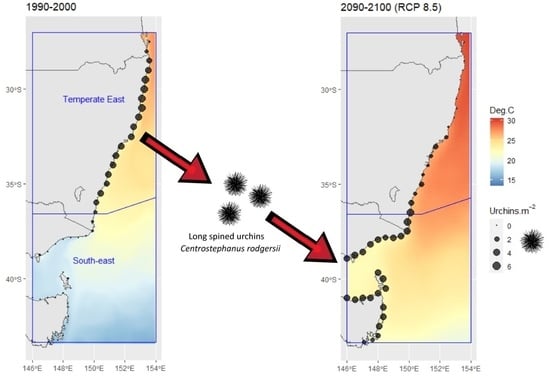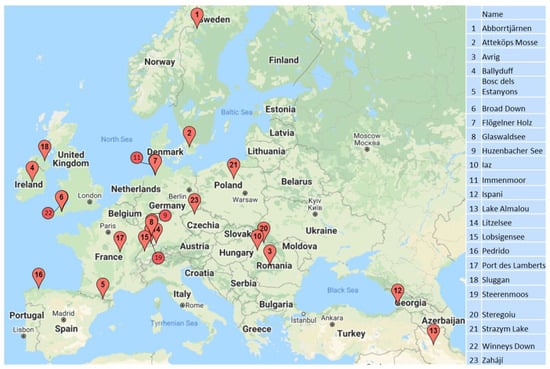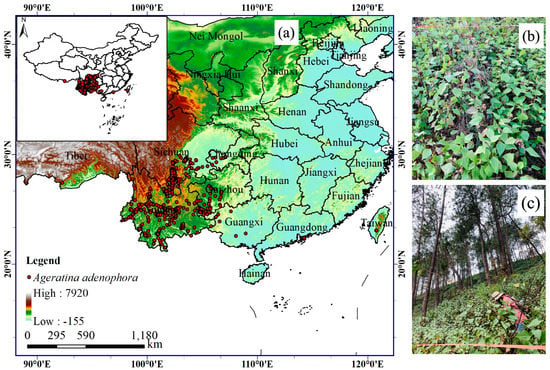Feature Papers in Biogeography and Macroecology
A topical collection in Diversity (ISSN 1424-2818). This collection belongs to the section "Biogeography and Macroecology".
Viewed by 9250Editor
2. Muséum National d’Histoire Naturelle, Institut Systématique, Evolution, Biodiversité (ISYEB), UMR 7205, CNRS, Sorbonne Université, EPHE, Université des Antilles, 75241 Paris, France
Interests: genotype-phenotype interactions; phenotypic diversity; sexual selection; metapopulation biology; dispersal; migration; adaptive radiation; coevolution
Special Issues, Collections and Topics in MDPI journals
Topical Collection Information
Dear Colleagues,
As Diversity is a generalist journal, we hereby invite authors to submit articles outlining the state of the art of some special features concerning biogeography and macroecology, dealing with all aspects of the spatial patterns and processes in ecology and evolution of living and extinct organisms.
Specialized or local studies will be evaluated only if discussion leads to/illustrates general questions/conclusions relevant to biogeography and macroecology. Submission of both empirical studies and theoretical papers are encouraged.
The following list includes some of the topics covered:
- Distribution range description and analysis of macro and microtaxa;
- Macroecological and macroevolutionary patterns and processes;
- Patterns and processes of biodiversity origin, regulation and evolution at multiple spatial scales;
- Patterns and processes of species abundance, distribution and diversity at multiple spatial scales;
- Ecological biogeography;
- Evolutionary biogeography;
- Palaeobiogeography;
- Adaptive radiation;
- Island biogeography;
- Speciation;
- Extinction;
- Colonization;
- Spatial behaviour;
- Dispersal;
- Migration;
- Life history;
- Movement ecology;
- Landscape ecology;
- Metapopulations, metacommunities and metaecosystems;
- Spatial patterns and processes in ecology and evolution;
- Spatial issues of global changes on biodiversity.
Submissions would ideally provide a sound state-of -the-art of the research in the field that would be accessible to both non-specialists and to specialists in the field, and provide clear perspectives for future research in the field.
Prof. Dr. Michel Baguette
Collection Editor
Manuscript Submission Information
Manuscripts should be submitted online at www.mdpi.com by registering and logging in to this website. Once you are registered, click here to go to the submission form. Manuscripts can be submitted until the deadline. All submissions that pass pre-check are peer-reviewed. Accepted papers will be published continuously in the journal (as soon as accepted) and will be listed together on the collection website. Research articles, review articles as well as short communications are invited. For planned papers, a title and short abstract (about 100 words) can be sent to the Editorial Office for announcement on this website.
Submitted manuscripts should not have been published previously, nor be under consideration for publication elsewhere (except conference proceedings papers). All manuscripts are thoroughly refereed through a single-blind peer-review process. A guide for authors and other relevant information for submission of manuscripts is available on the Instructions for Authors page. Diversity is an international peer-reviewed open access monthly journal published by MDPI.
Please visit the Instructions for Authors page before submitting a manuscript. The Article Processing Charge (APC) for publication in this open access journal is 2100 CHF (Swiss Francs). Submitted papers should be well formatted and use good English. Authors may use MDPI's English editing service prior to publication or during author revisions.








